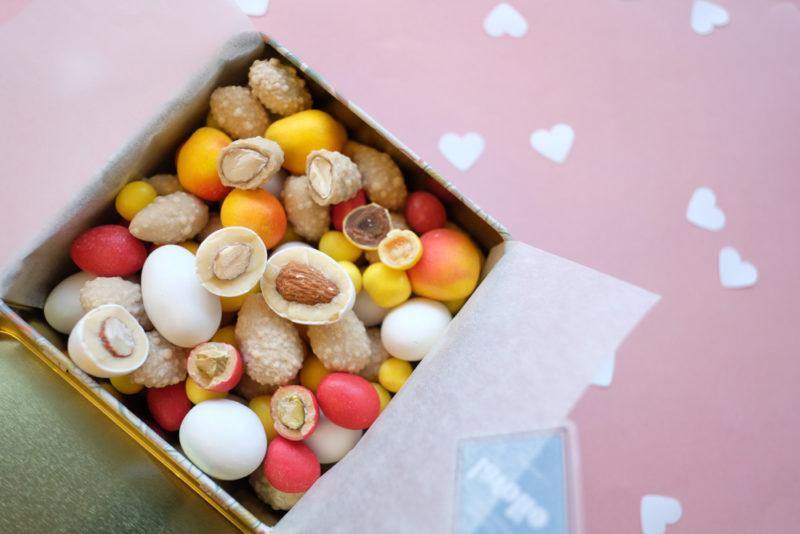Have you ever wondered why we gift chocolate on Valentine's Day?
Valentine's Day is a controversial festivity. On the one hand, some people don't appreciate the saturation of advertising and the consumerism that floods shop windows with objects of dubious taste. But, deep down, it's also nice to have a day to celebrate love and romance. Although, to be honest, what I like most about the holiday is the excuse to enjoy my beloved chocolate more.
In Japan, it's a huge trend to gift chocolate for valentine's day, but the idea of giving away and sharing romantic valentine's day chocolate box temptations extends to half the world. Is there a reason behind this custom? Why is it so typical to give and eat chocolate on Valentine's Day?
What About Valentine's Day Chocolate?
We already know that cocoa only came to Europe after the discovery of America and that, at first, it was only consumed as a drink. That is why the idea of valentine's day chocolate gifts would have to wait a few centuries.
It was in the 19th century when exchanging and sending love letters on February 14th became popular. The Industrial Revolution, advances in the printing press and the postal system, the timid emergence of the culture of leisure, the birth of advertising, etc. contributed to this new trend.
It became a fundamentally Anglo-Saxon tradition, deeply rooted in Great Britain and, by extension, in the United States. Cards decorated with romantic images and a fair abundance of bows, flowers, hearts, and arrows were trendy, and other gifts could also accompany them.
By then, chocolate had already earned a good reputation as a product of sweet desire, and its production as we know it today was in full swing. The initial chocolate bars developed, little by little, into the tempting and lucrative industry of elaborate chocolate boxes.

The Seductive Power Of Valentine's Day Chocolate
The cacao plant had great importance in the life of the Aztecs. They used the seeds as currency and consumed the drink. It was nutritious and stimulating and also linked to religious rituals. They considered it a gift from Quetzalcóatl, food of the gods and associated with the high society. According to legends, Montezuma took it to stimulate his virility.
Columbus did not taste cocoa, but Hernán Cortés would in 1519. He told in his letters to the monarch Carlos I how the Aztecs had offered them cacahuátl, a cocoa drink that gave vigour and strength. Later, José de Acosta recounted in 'Historia natural y moral de la Indias' (1590) how the xocolátl had become one of the Spaniards' favorite products in the Indies. By adding sugar and spices, it would take little time for chocolate to conquer Europe.
The drink was so delicious it was considered addictive. In fact, the Church worried that abusing it would be a sin, and break rules of abstinence. In any case, it spread throughout the European continent, bringing with it the fame of its invigorating and aphrodisiac powers. People thought cocoa was a treatment against impotence and infertility.
In the 19th century, the production of chocolate had become significantly cheaper. It was already accessible to the middle classes and the working-class population. Just like the valentine's day chocolate and Valentine's cards. Industrialization gave rise to both products being mass-produced, and thus, fate would unite them forever.


